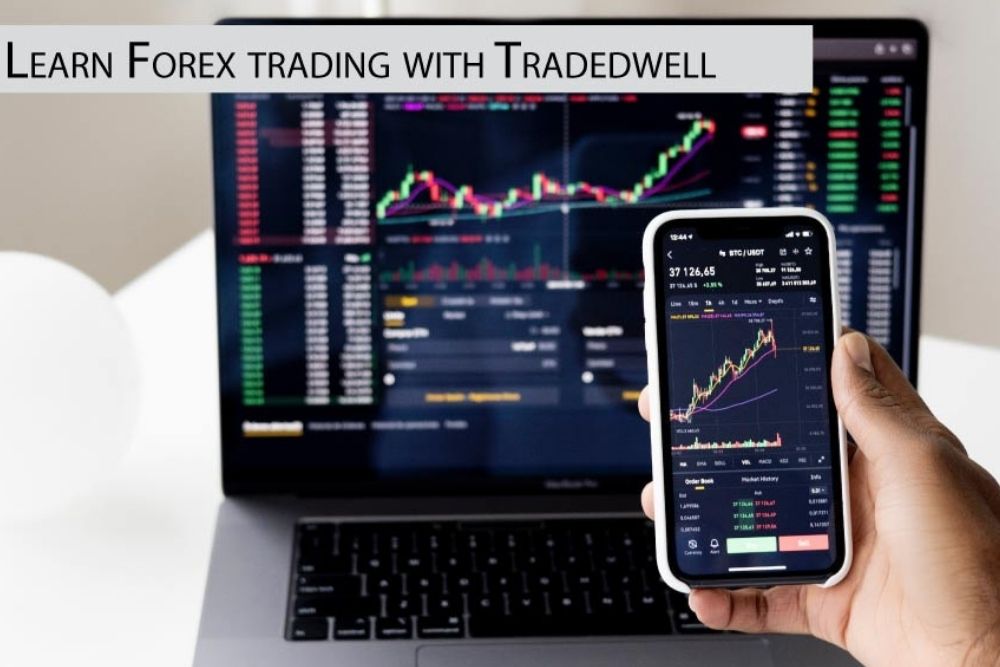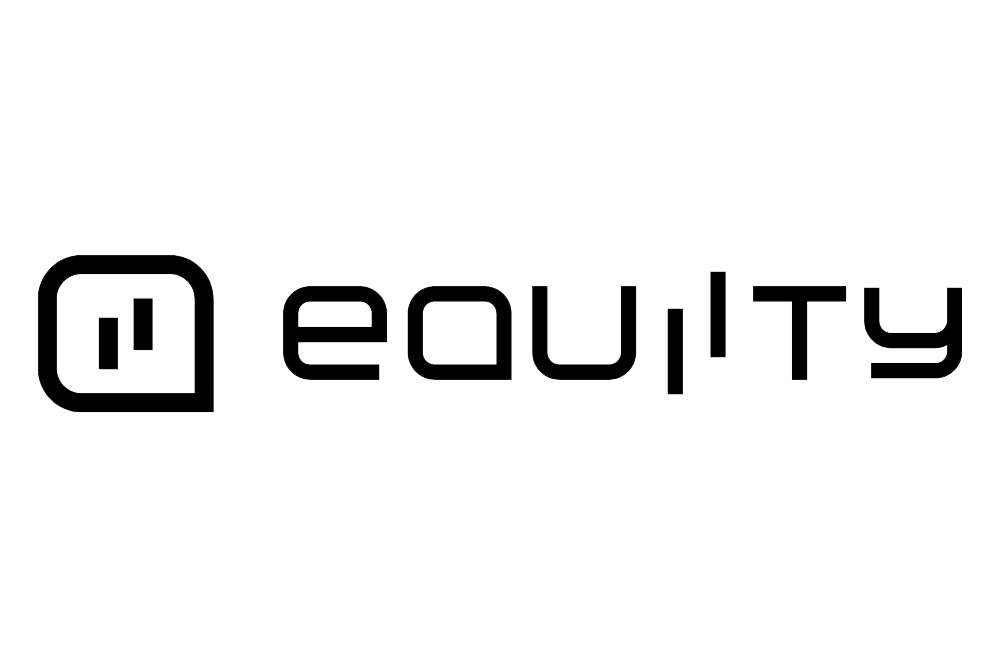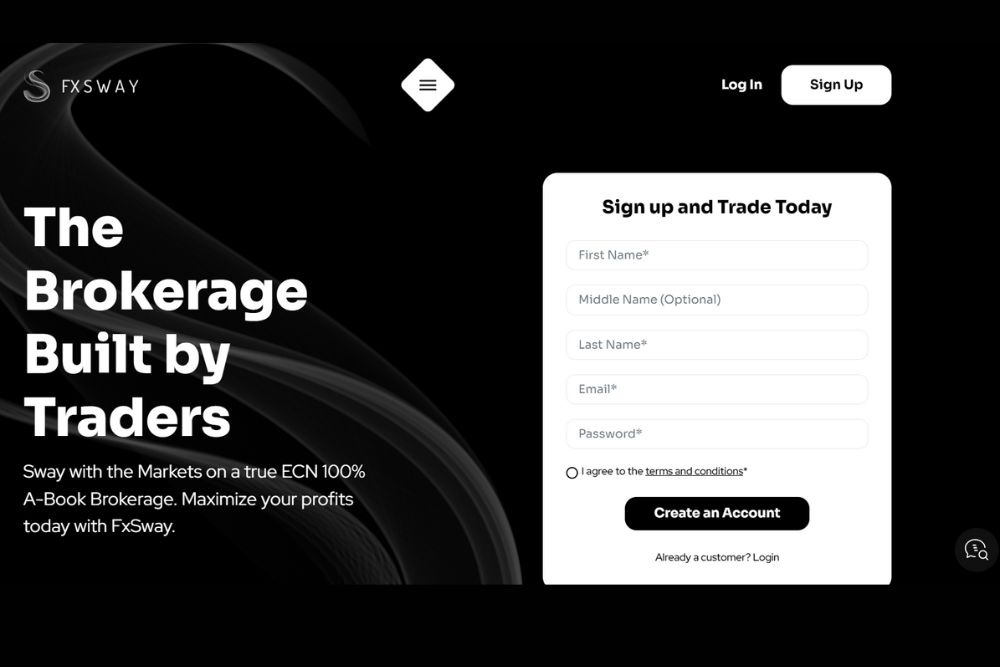TradedWell is the brand name. The operations of the brokerage firm are in the hands of the parent company iTrade Global CY Ltd. It is Cyprus incorporated and regulated by the CySEC, or Cyprus Securities and Exchange Commission. Cyprus Investment Firm or CIF license number is 298/16, while the company has been granted registration number HE335424. The registered company address is Isiodou, Andrea Laskaratou & Emmanuel Roides Street 10-12, 2nd Floor, Ayia Zoni, 3031 Limassol, Cyprus.
TradedWell is a CFDs broker. The broker provides a wide range of financial investment services. It serves most of the Eurozone. With more than 300 assets, 30 plus analytical tools, automatic stop loss, and access to global markets, TradedWell is well placed to arrive on the scene, with its emphasis on reliable innovation.
How to open an account with Tradedwell?
To open an account with Tradedwell, you only have to click the “open account” button on the homepage of the broker’s website. There’s the application process, besides accepting the broker’s terms and conditions. The five-step application process includes “account information”, “questionnaire”, “deposit”, and “documents”.
As anticipated, Brokereo requires proof of identity and proof of address for verification purposes. This follows from KYC and AML regulatory requirements. The client portal section facilitates this. Besides, this section gives you access to deposit and withdrawal options. You may manage your trading account from this section itself. Take care about the questionnaire – brush up on your trading knowledge before taking these questions. The minimum deposit is EUR 250.
- Account creation – the email confirmation from Brokereo has your login credentials and the link to your account;
- Providing personal information – include only updated information;
- Make your first deposit.
How to get a demo account with Tradedwell?
The demo or practice account concerns itself with virtual money only. There are to be neither withdrawals or deposits. This is actually a risk-free account. The sole purpose here is to let you have the freedom to try out your strategies as you think best. Simulated trading will be an enlightening experience, with gains and losses both bringing lessons that are likely unforgettable. The demo or practice account is accessed from the homepage itself. Pressing the “start” button, you are led to a page requiring personal details registration.
- The best feature probably is that you can have this demo account in tandem with a live account.
- Both accounts look exactly the same, which bolsters the purpose of true simulated trading.
- Switching between the real and demo account is easy enough. You can see which account you are logged in to – on the top left-hand side of your screen under the files tab. This will let you know whether you are trading live or only practicing.
- You can have one live account and one demo account.
- Deposits can be made in GBP, USD, and EUR.
- On the homepage itself, you can find the form that will get you registered for the demo account. Assenting to Tradedwell’s T&C, all you will have to do would be to supply your name, email address, and phone number.
How to use charts with Tradedwell?
Tradedwell is rightly proud of their WebTrader. The broker believes that the trading platform truly makes you, the client trader, privileged and ahead of the pack. Installations, supplementary software, or downloads are completely inessential. A toolkit, however, will be provided to you. This facilitates fast trade execution. Combining the latest alerts of financial happenings in markets globally with the range of charts on offer, Tradedwell is determined to give you that superlative trading experience.
- Bar charts, line charts, and candlestick charts are all on offer.
- These can come customized, adding great value to your trades.
- Trading charts withTradedwell can take multiple time frames, permitting traders to forecast future price direction.
- A trading chart could be seen as a graph depicting a stock’s price movement across a given time frame.
- The vertical axis represents the price scale, whereas the horizontal scale represents the time scale. Price movement trends are examined from left to right, the furthest on the right giving the most current price change.
- Candlestick charts are more popular as they are easier to make sense of than line charts or bar charts.
- Candlestick charts give the closing and opening price, besides the trading range for a given time period.
- Trends are characteristically variable on these charts, as are the time periods, however. Price is plotted against time range, the latter being just about anywhere between an hour and a month. You can juxtapose intraday charts with long-term charts.
- For a truly comprehensive picture of price movement for the asset, the trader has to be in front of at least two monitor screens.
- The comparative analysis of candlestick charts for the past few days combined with information gleaned from intraday trading charts with hour-to-hour analysis best furthers assessment.
Reading charts:
- The Y-axis represents asset price, X-axis for time. Hence, in forex charts, the y-axis stands for the exchange rate in forex charts, whereas the X-axis gives time.
- Traders are expected to make a decision when :
- The exchange rate has risen from the left side to the right. The market is going to have an upward trend in a buyers’ market;
- When the exchange rate has fallen from the left side to the right, the market is going to experience a downward trend in a sellers’ market.
Online asset charts
We will very briefly have an outline of what the different chart types stand for:
- Line chart – a line is drawn from one closing price to the next closing price. When the lines are connected, a currency pair price movement may be occurring. A line chart helps mostly with a general overview;
- Bar chart – besides the opening and closing prices, the bar chart will show the highs and the lows. The currency pair trading range is shown by the vertical bar. While the top of the bar gives the highest traded price, the bottom gives the lowest traded price at a given period. The left side of the bar shows the opening price, while the right horizontal hash is the closing price;
- Candlestick charts – price action patterns are clearly depicted to account for this most popular of chart types at Tradedwell. This chart also gives the opening, closing, high, and low values for a certain time frame. Between the closing and opening positions lies the ‘body’. To make out if the market has had an upward/downward trend, we follow the body’s coloration. The black color points to a downward trend, while the white color gives a bullish or upward trend.
How to use leverage with Tradedwell?
Leverage permits traders to enter large volume trades larger than the amount actually deposited in their account. Each trading account type with Tradedwell has maximum leverage that you can trade with. Across the various account types available with the broker, you might further refine your target by aiming for a retail or professional client. Retail clients may aim no higher than 1:30 leverage. Professional clients may aim as high as 1:500 leverage.
Benefits of opening a trading position with leverage:
- Leverage empowers you to open trade volumes larger than your account margin. Regardless of your trading strategies, leverage usage is beneficial to your trading goal;
- Leverage comes from an interest rate. You pay no interest to your broker at all, regardless of loss or gain.
Reasons to account for the high popularity of leverage trading with Tradedwell:
- You consider leverage trading because of its higher return potential with a tiny deposit.
- Lacking the funds to trade assets of his choice, a trader goes for leverage as it gives him the opportunity to trade big time with a bit of capital.
- Leverage empowers a trader to open positions that are often his capital when he simultaneously is only depositing a margin.
- Leverage magnifies the chances of higher potential profits.
- In its leverage trading, Tradedewell sets the best leverage levels that permit traders to open and maintain positions after the requirements have been met.
How do you deposit funds in your trading account with Tradedwell?
Seeking to provide something for every client, the broker offers a variety of payment methods. All deposits are commission-free. The minimum deposit amount has to be at least $250.
- Tradedwell recommends three secure payment methods – credit/debit card, e-wallet, and wire transfer.
- In your account, there’s a banking tab. After choosing your preferred payment method, either you could fill the fields or simply follow the assistance guide.
- Make sure your email address is verified first.
- Bank-imposed card restrictions may hamper transactions. Contact and confirm with your bank if there are any restrictions on your debit/credit cards.
- Deposits made with credit/debit cards appear in your account nearly instantaneously. E-wallet deposits show up on a business day. The same result is obtained in 5 business days with wire transfers.
How should you contact Tradedwell customer support?
Open 07:00 to 16:00 GMT GMT, Monday-Friday; the TradedWell customer helpdesk has a contact-us form, live chat support, email, and phone. Apart from the help desk, clients may go straight to the broker’s management in the unlikely event of poor quality support or complaint escalation. Generally, there’s an initial reaction time of less than a minute. The customer helpdesk team is professionally managed. The complaint form is easily found on the legal pages of the company’s website.
- Conveniently on the contact us page, a form is given.
- Just fill out the details – your name, email address, subject, and message.
- There’s the option to get in touch with the management, too – in the rare event of urgent problems.
What is the procedure to withdraw funds from a Tradedwell trading account?
Traders may request withdrawals online. However, they may need to provide a copy of bank and credit card statements in order to conform beneficiaries’ identities. Funds may be withdrawn solely to the original remitting source. Additionally, the withdrawal may not exceed the amount originally deposited by credit/debit card.
- Withdrawal amounts per transaction face no limits.
- Barring the imposition of a withdrawal fee in the case of insufficient/no activity in the trading account, there’s no withdrawal fee as such.
- Only one position open, or no position at all, invites such fees.
- Fees may be paid in the denominated currency of your trading account.
- You may have to pay to the tune of EUR 50 in such cases.
- The Withdrawals Policy as given on the Tradedwell website determines the time frames in which withdrawal processes might be completed;
- Your initial deposit methods will also be the methods through which your withdrawals will be processed;
- It may take up to 7 business days for your withdrawal to reach your bank account. It is possible to ask the broker for a confirmation after 7 days. Subsequently, your bank can aid you in tracking the transfer.
Conclusion
Tredwell’s young age belies its prowess. 170+ tradable assets, seamless trading across platforms, expert advice rendered to clients in the hour of need – these mark a giant in the making. CySEC regulation guarantees Brokereo’s bonafide. There are many reasons to appreciate CySEC regulation, not least the following:
Account segregation keeps client and broker operational funds separate. Negative balance protection making sure you are never in debt to the tune of more than what is in your account; Customer compensation fund against broker insolvency. We have no hesitation at all in recommending this broker.








